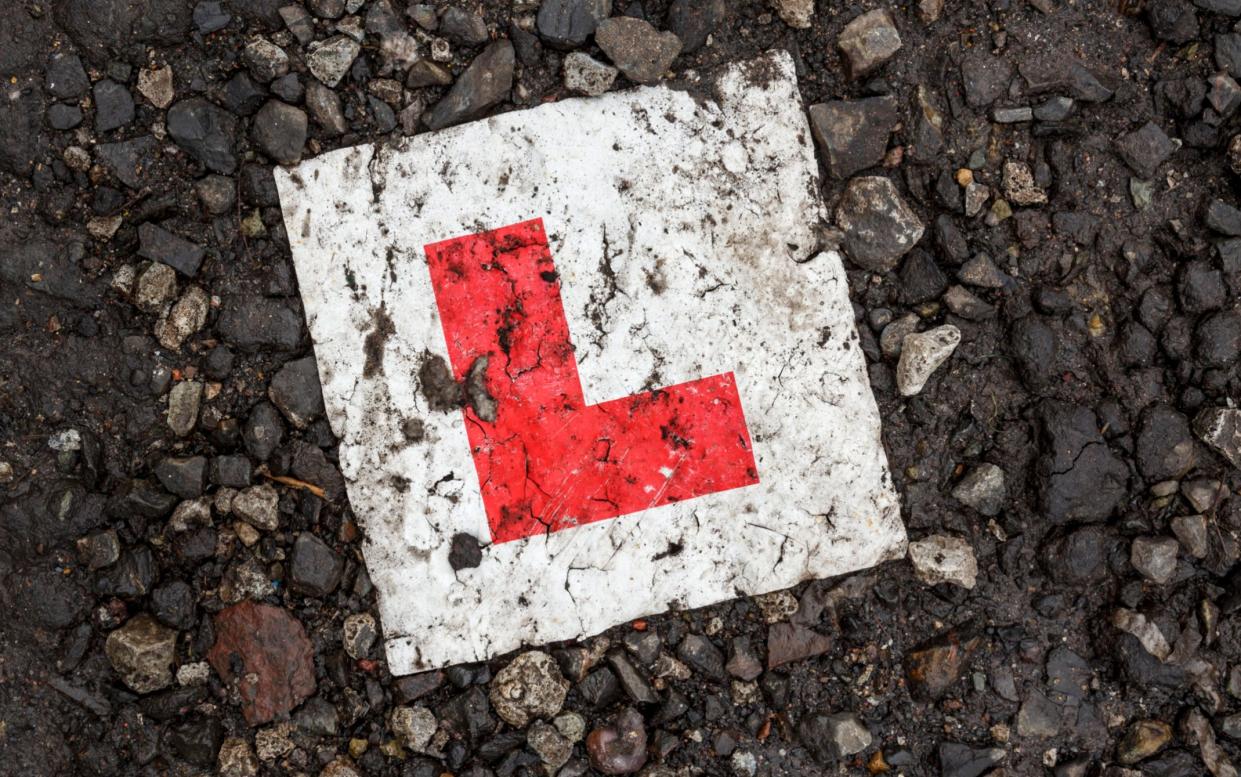Driving test fail rates rise as young people race to book test slots anywhere they can

Driving test failure rates have risen as experts warn that young people are “gambling” on test dates.
New figures show that 48.4 per cent of people failed their driving tests in the year ending in March, up from 47.9 per cent of people the previous year, according to Department for Transport data.
Meanwhile, the total number of people taking driving tests increased by 15 per cent from 1,689,000 to 1,945,000 over the same time period, showing that despite increasing failure rates, demand for driving tests is soaring.
Edmund King, president of the AA, said decreased pass rate has been caused by the huge backlog of people wanting to take their test racing to book slots anywhere they can. He said: “If you’re gambling on whether you’ll get a test, you really can’t really be test ready.
“People learning to drive are so desperate to get a test that it’s almost impossible to book one, so some will just take any test they can get their hands on.
“People are travelling a long way, and because it’s so hard to change that test slot, some people are just going for the test anyway because they think, ‘If I miss this opportunity I may have to wait another six months’.”

Mr King warned that because of the test backlog, with drivers forced to wait more than three months for a slot, people don’t have the money to continue with lessons and are out of practice by the time they arrive at test centres.
He said: “If a test is a long way in advance, they may have done the 30 lessons they have budgeted for three months beforehand, meaning they’re a little bit rusty without a car to practise on and they end up failing their test.
“For many of them, learning to drive not only helps their mobility but helps to get a job as well. Having these types of delays is not just an inconvenience, it really is affecting their lives.”
It comes as average waiting times for tests rose from more than three months (14.8 weeks) in February to three weeks longer by May, according to figures obtained by the AA Driving School under freedom of information laws.
Although 93 per cent of test centres had average waiting times greater than the pre-pandemic average of six weeks, 71 test centres have had average waits of 24 weeks for the past two months.
According to Driver and Vehicle Standards Agency (DVSA) data published by the Sunday Times, the queues are worst in London and the south-east of England, with delays of 21-22 weeks. Meanwhile, the waiting list is shortest in north-east England and Scotland.
Brian Macdowall, a spokesman for pressure group the Alliance of British Drivers, said: “Young people are being priced out of driving unless they are fortunate to have family members who will chip in with the costs of driving tuition.

“It is getting further and further out of people’s reach and they are still faced at the end of the day with an insurance cost that dwarfs the cost of lessons – it needs an overhaul.”
RAC senior policy officer Rod Dennis said: “Looking at these figures, it’s crystal clear just how important learning to drive is for so many people.
“While the number of practical tests being taken is greater than ever – thanks to efforts to reduce the Covid backlog – we know from our own research the huge extent to which people depend on being able to drive, whether that’s to get to or from work, to see friends or family, or to do the shopping.
“It’s also positive that last year saw the second highest number of new driving instructors registered since 2007/08, something that is still very much needed to deal with the pent-up demand post-pandemic.
“But it’s frustrating for would-be drivers that the waiting time for practical tests is rising again, having come down through the second half of last year. It’s vital that everything possible is done to give everyone an equal opportunity of becoming a fully qualified driver when they want to.”
The DVSA was approached for comment.


